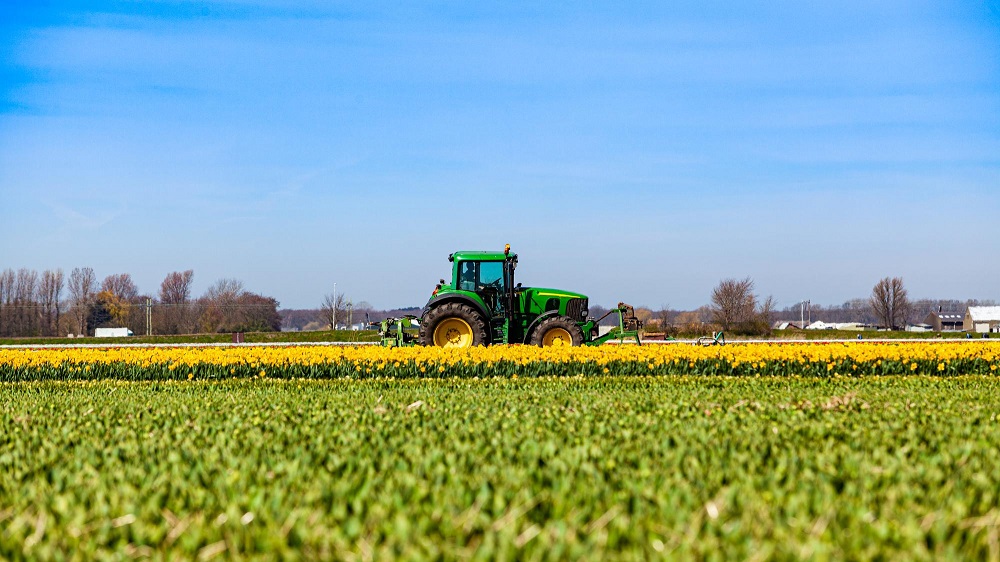Imagine a small dairy farmer who has been slowly growing his business. He has healthy cattle or cows & a good supply of milk, but to expand, he needs better storage and equipment. Without financial support, he risks losing opportunities to increase his income. Here is where ‘agri-finance’ actually helps. It works as a financial backbone, helping people access credit, manage risks, & improve productivity.
Agriculture is the lifeline of India, giving employment to nearly half of the country’s workforce. But financial constraints at times limit farmers from achieving their full capabilities. Agri-finance in India closes this gap by offering financial support via loans, subsidies, and insurance, making sure that farming stays sustainable and profitable.
What Exactly Is Agri-Finance?
The financial products and services created for the agricultural industry is what we mean by ‘agri-finance.’ It includes everything from short-term credit for various things like buying seeds and tools to long-term loans for extending farmlands or acquiring technology. Unlike traditional banking, agribusiness views the specific difficulties of farming as seasonal income, unpredictable weather, and varying market prices.
India’s Agri-Finance Forms
- Short-Term Credit: These loans help farmers pay for urgent needs such as labor, seeds, fertilizer, and insecticides. Repayment terms usually vary from six to twelve months.
- Long-Term Loans: Extended loans, which are often paid back over a number of years, are very important for farmers that hope to upgrade their irrigation systems, purchase new equipment, or expand their farms.
- Kisan Credit Card (KCC): This scheme, supported by the government, assists farmers in fulfilling their sudden financial needs by giving them loans at reasonable interest rates.
- Crop Insurance: As agriculture is highly dependent on weather conditions, ‘crop insurance’ offers financial security against loss due to pests, natural calamities, or market fluctuations.
- Warehouse Receipt Finance: Farmers can hold their harvested crops in warehouses and obtain loans guaranteed by the produce they have stored, all thanks to ‘warehouse receipt finance.’ When market conditions improve, this helps them dodge stress selling and get better prices.
Obstacles in Agri-Finance
Many farmers still have difficulty obtaining timely support in spite of many financial approaches. Common difficulties include the following:
- Lack of Awareness: A large number of small-scale farmers are not aware of their financial options.
- Complex Loan Procedures: Farmers are able to avail loans from conventional banking channels only with difficulty owing to their stringent qualification requirements and long documentation processes.
- Reliance on Informal Credit: Since they find it difficult to access bank loans, the majority of farmers are forced to approach local moneylenders, who also charge them hefty rates of interest.
Role of Agri-Finance Companies’
Post-harvest agri-logistics companies such as Sohan Lal Commodity Management Limited (SLCM) play a key role in filling these gaps. SLCM guarantees that agricultural producers have access to timely loans, better storage facilities, and risk management methods by offering financial solutions made just for farmers and allied agriculture community. They improve the financial stability in the agriculture sector by helping farmers get loans backed by their stored product due to their knowledge of post-harvest management.
In Conclusion
In a nation such as India, ‘agri-finance’ is a mechanism that empowers the farmers, augments production, and fortifies the agricultural sector by extending loans in time, encouraging new agricultural methods, and ensuring financial sustainability for small- and large-scale farmers.
It is more than just about loans. With the correct financial assistance, farmers can easily improve their decision-making, lower risks, and increase revenue. As companies like us continue to innovate and better the outreach of financial access, possibilities for Indian agriculture only rise from here.



